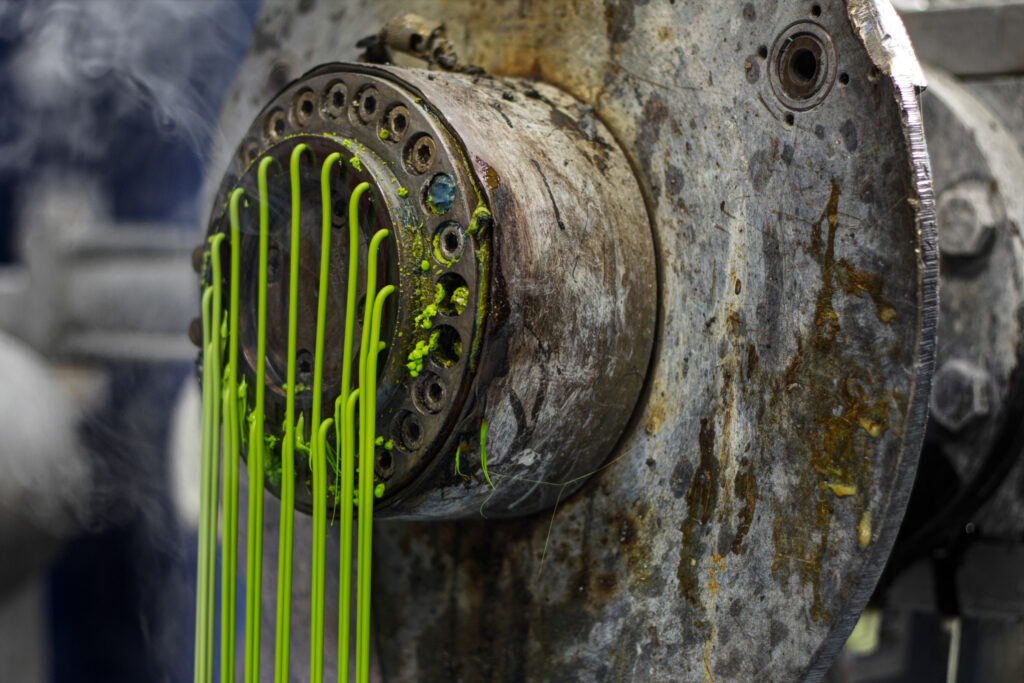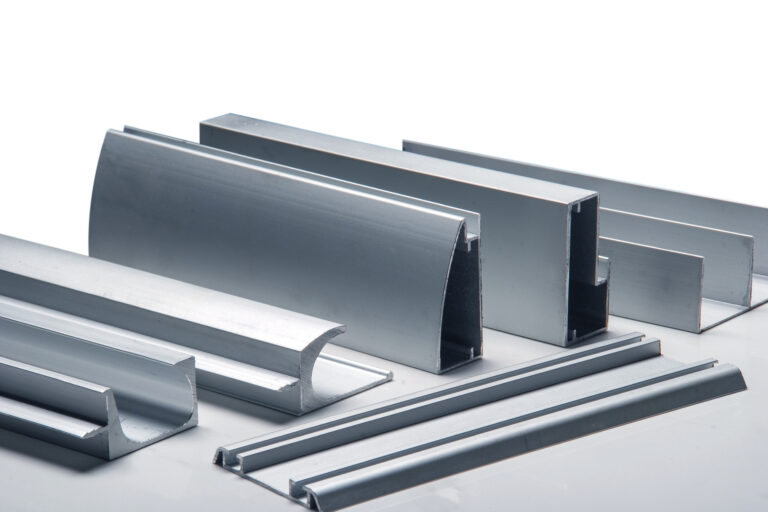
Extrusion – a versatile manufacturing process
- No Comments
Extrusion is a molding process used, among other things, for thermoplastics. Basically, in this process, solid to viscous mass – the extrudate – is pressed through a shaping opening under high pressure and high temperatures. This is known as a nozzle, mouthpiece or matrix, and produces a body whose cross-section corresponds to the opening. The machine responsible for producing the body is called an extruder.
Technical basics of extrusion
In the first step, the plastically moldable plastic to be processed is filled into the cylinder in the form of granules via a hopper. The plastic is melted with the aid of heating bands and the resulting frictional energy. The screw conveys the melted pellets, subjecting them to constant pressure. The temperature and pressure vary depending on the plastic used. Screw extruders generally operate at pressures between 10 and 300 bar at temperatures between 60 °C and 300 °C. The speed of the extruder is particularly decisive for the efficiency of production. After the actual extrusion, there is usually a water-cooled calibration, which completes the molding process by pressing against the calibration wall. At the very end, there is another water bath to cool down the product. One can distinguish between two types of extrusion:
Which materials are suitable for extrusion?
The extrusion of rubber in the 19th century is the origin of the process. The success of rubber extrusion was decisive for extrusion to become firmly established in the plastics industry alongside injection molding. Today, extrusion is not only used in the production of plastic components, but also enjoys great popularity in other industries. Aluminum, composites and rubber, for example, are materials that can be extruded.
What products are created by extrusion?
The wide range of applications for extrusion allows for the production of a variety of products for various purposes in serial manufacturing across different industries. The customers come from a wide variety of industries, such as the automotive industry, aerospace technology aeronautical engineering, medical technology, and packaging technology. The most common products include films, hoses, sheathing and profiles such as frames, channels and gaskets. Bicycle rims and door seals are examples of the everyday we encounter every day.



